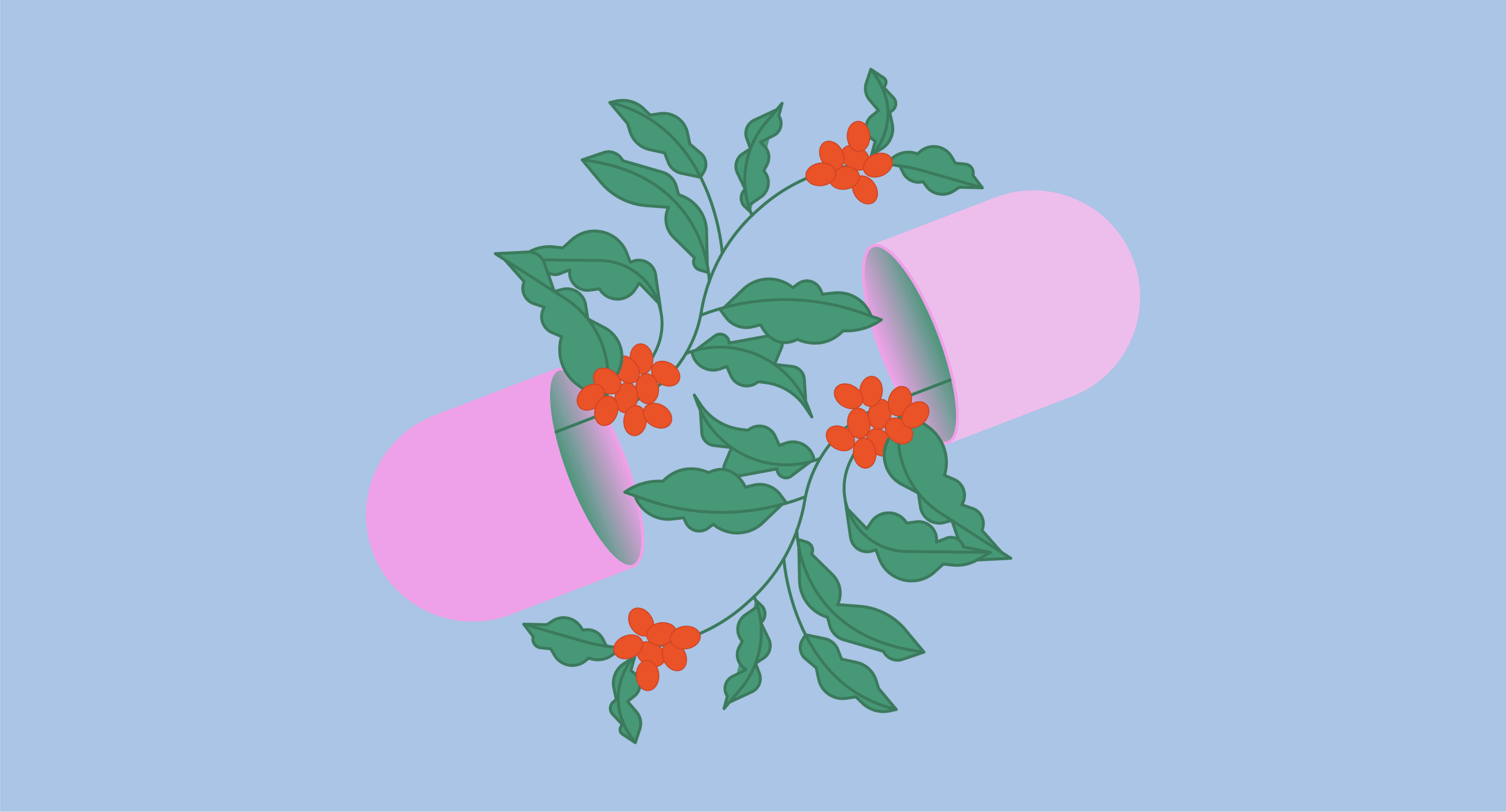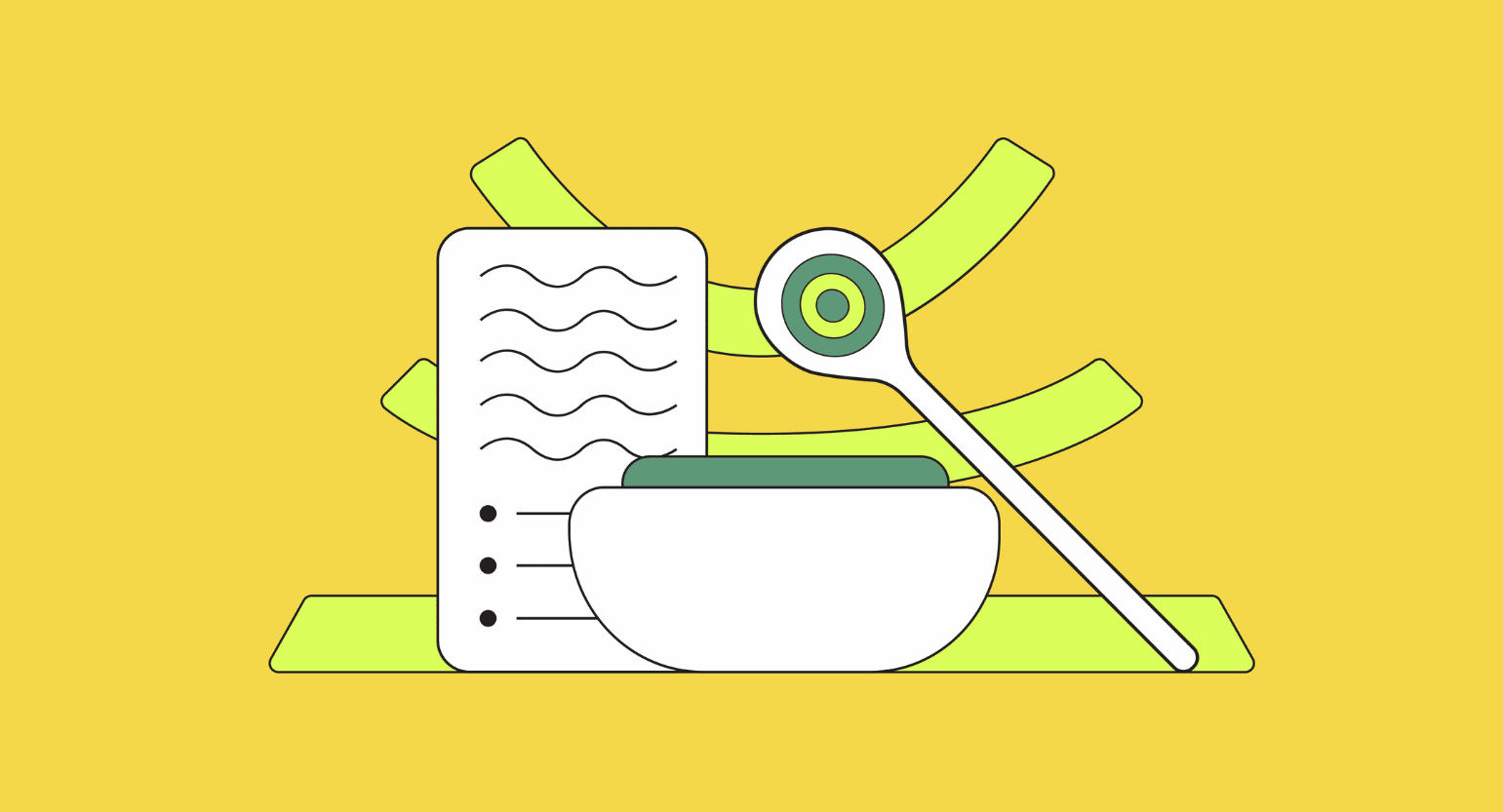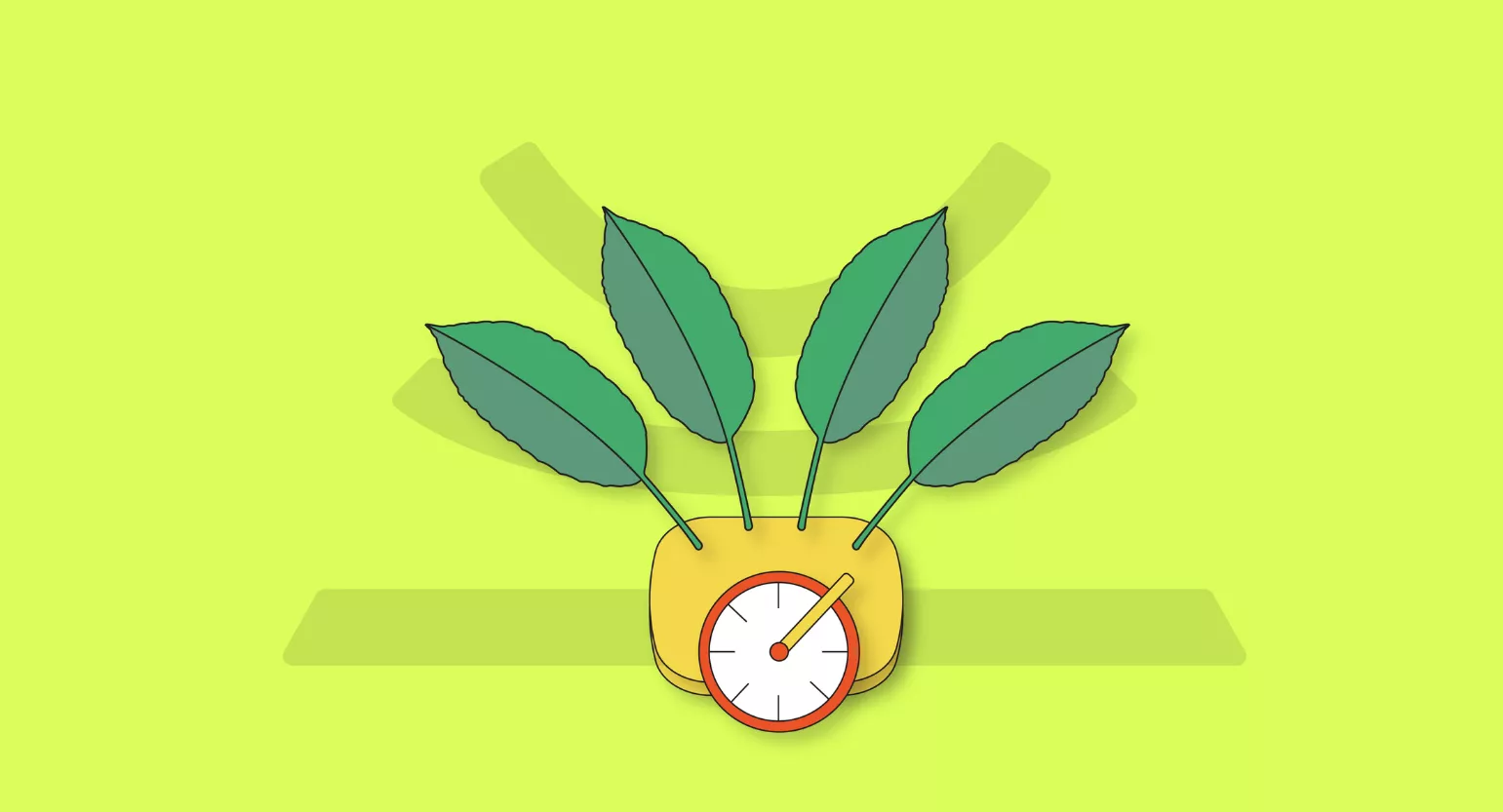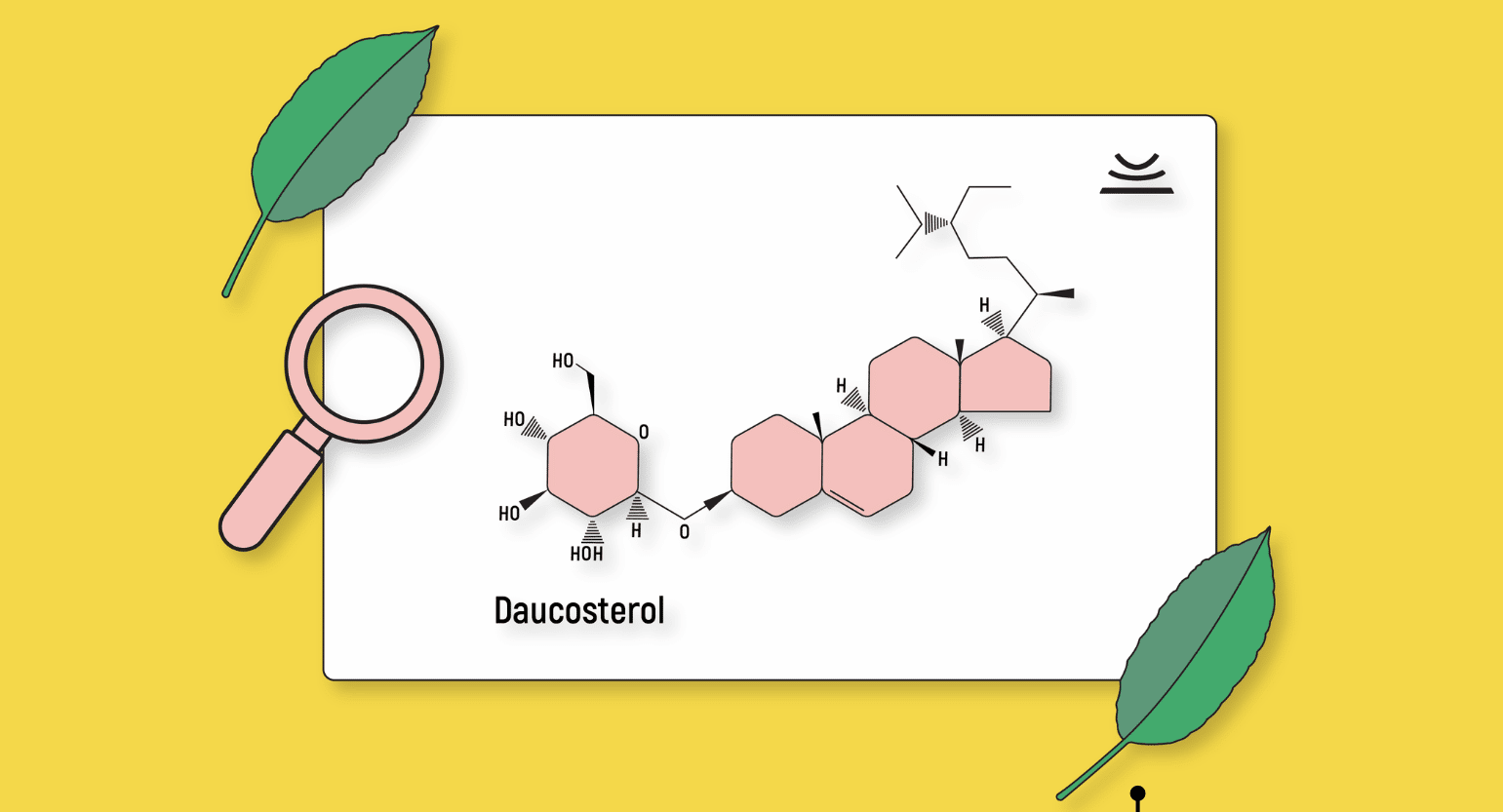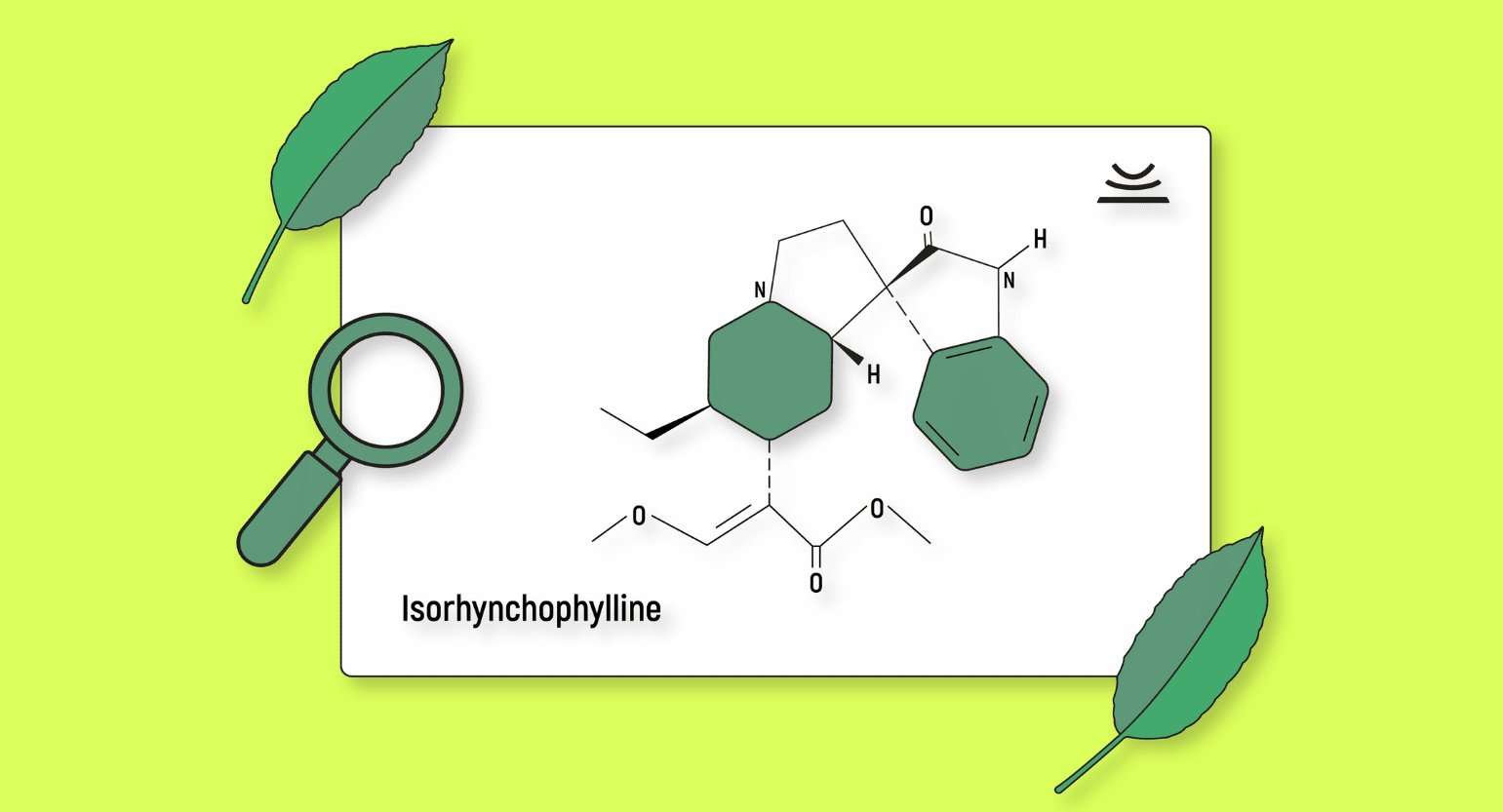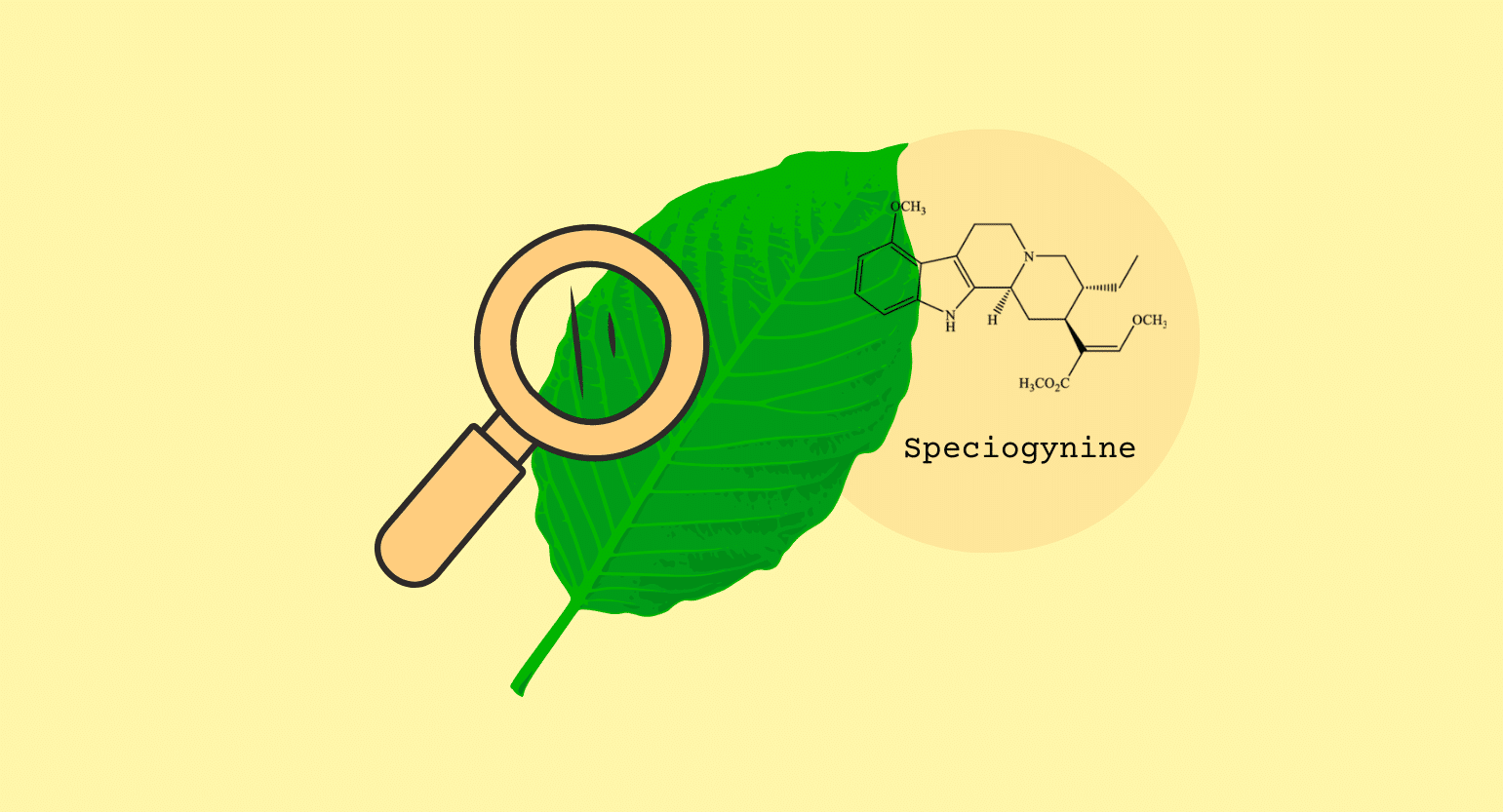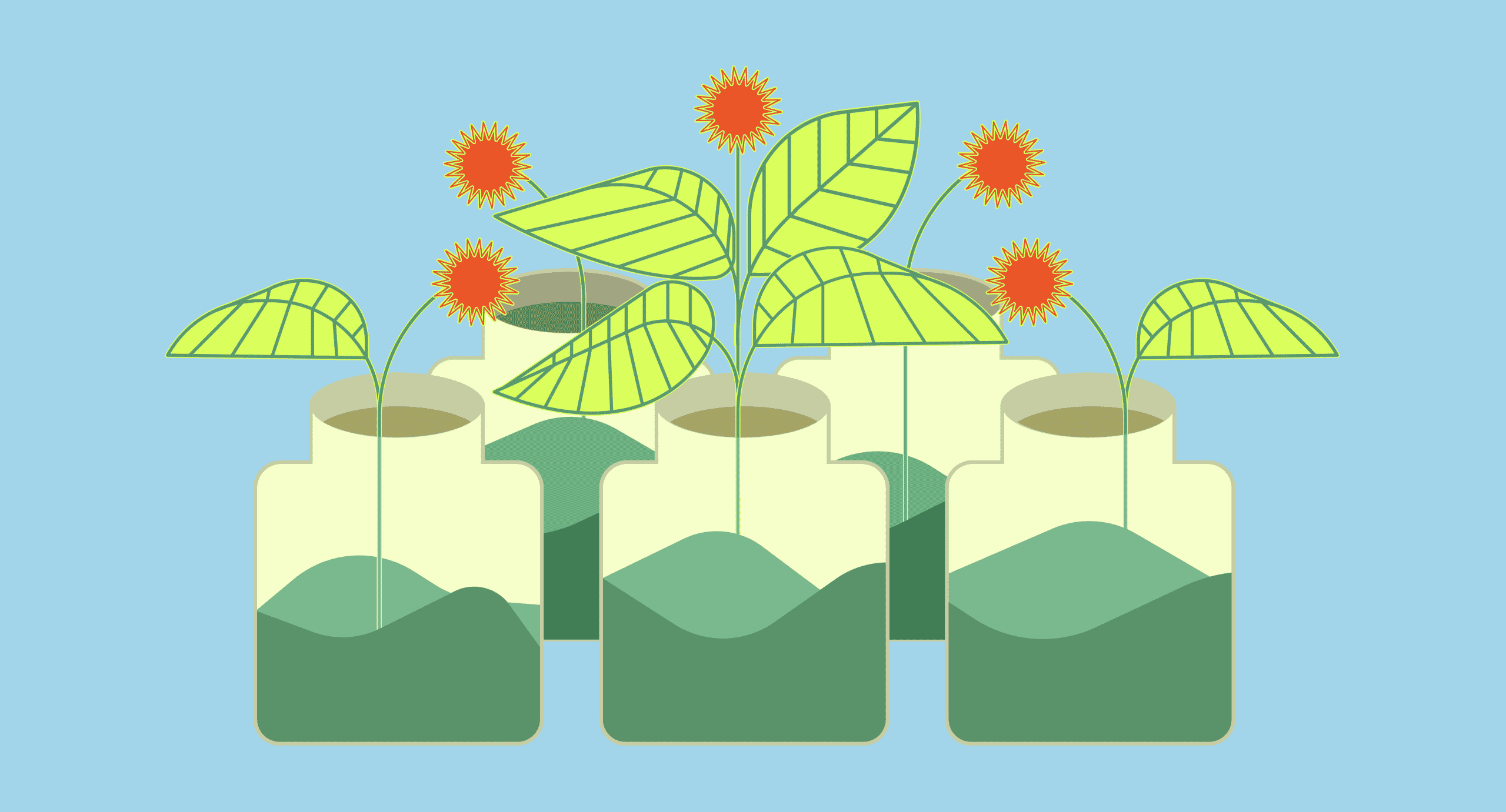What Are Caffeine Pills?
Caffeine is an alkaloid found naturally in many herbs such as coffee, yerba mate, and tea. This substance stimulates central nervous system (CNS) activity, producing energizing effects.
Caffeine pills can be a great supplement to achieve energy for the whole day. You can find many brands engaged in this type of product — some are 100% natural, while others are synthetically manufactured.
The amount of caffeine in the pills depends exclusively on the seller, though quantities range between 100 and 200 milligrams per pill.
Benefits of Caffeine Pills
Although many studies support the health benefits of caffeine, most examine the effects of the caffeine present in coffee. For this reason, it is common to confuse the benefits of caffeine with those of other substances present in coffee, such as antioxidants.
Below, you will find a list of the numerous benefits that caffeine pills can bring you.
Improves Athletic Performance
Caffeine can make you feel more active. That’s why many athletes use it to improve their performance.
A 2020 study shows that caffeine improves a person’s athletic performance by enhancing muscular strength and endurance [2].
Improves Memory & Focus
It is commonly known that caffeine can improve your alertness and concentration. Many students and workers use it to improve their performance before facing long-lasting tedious tasks.
A 2014 study showed that people who take caffeine pills during a learning task tend to have better memory consolidation of new information [3].
Treats Parkinson’s Symptoms
A 2012 study has revealed that caffeine may help control the symptoms of Parkinson’s disease [4].
By acting on the central nervous system and cardiovascular system, it also reduces fatigue and increases alertness.
Headaches & Migraine Relief
Caffeine is an excellent tool to treat migraines and tension headaches as it reduces pain perception. In fact, many migraine medications, such as Excedrin and Midol, contain significant doses of caffeine.
However, excess caffeine can increase the frequency of migraines. Therefore, the American Migraine Foundation recommends limiting caffeine to 2 days per week to treat headaches.
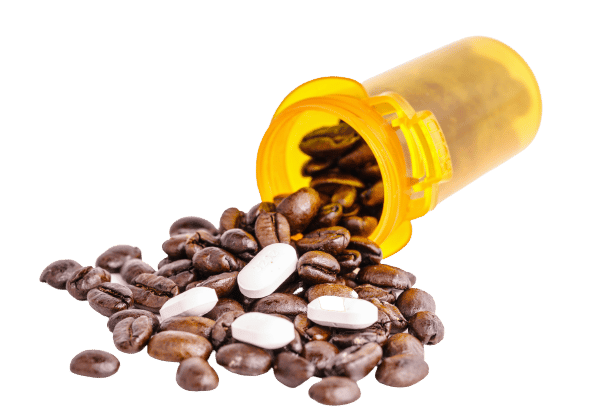
Side Effects of Caffeine Pills
Caffeine can generate a dependence, even if you drink only one cup of coffee a day. Frequent use of this drug can lead to unpleasant side effects, so we recommend you to use it responsibly.
High consumption during childhood or adolescence may cause permanent changes in the brain. A 2016 study has shown that excessive caffeine consumption in teenagers can increase anxiety in adulthood [1].
Here are some common side effects of caffeine:
- Anxiety and nervousness
- Diarrhea
- Dizziness
- Fast heart rate
- Headache
- High blood pressure
- Insomnia
- Nausea
The recommended daily limit is 400 mg of caffeine — approximately two pills. However, side effects can occur in smaller amounts, depending on a person’s tolerance, and some people are more sensitive than others.

Are Caffeine Pills Safe?
Yes, caffeine pills are safe.
They are only dangerous if you abuse them or have underlying health issues, and they are not for everyone. Some people may experience adverse reactions to these supplements, even with other natural sources.
Groups that must limit their caffeine consumption:
- Pregnant or breastfeeding women
- People with gastroesophageal reflux disease (GERD)
- People with heart conditions or high blood pressure
- Chronic migraine sufferers
Finally, it is worth clarifying that caffeine pills are not the same as pure caffeine powder. Pure caffeine powder is a dangerous substance that can cause unpleasant effects, such as convulsions, even in small quantities.
It’s important to limit other sources of caffeine when using caffeine pills.
How to Take Caffeine Pills & Avoid Side Effects
As mentioned above, it is vital to limit your intake in order to avoid side effects. Therefore, check the amount of caffeine in each pill in the package so you don’t take more than you should.
If you have never taken caffeine supplements before, we recommend starting with a pill — or half of one — to see how your body reacts. Also, remember to control your intake of other foods high in caffeine, such as coffee, chocolate, cola, etc.
It can also help to take caffeine pills with food, so you aren’t using them on an empty stomach.
In addition, pay attention to timing, as the body can take between 4 and 6 hours to metabolize half of the caffeine. Therefore, if you take it at night, it may affect your sleep.

Can I Replace Caffeine Pills With a Cup of Coffee?
Yes, but you will need to drink more than one cup.
As mentioned above, you can find caffeine in many natural products; coffee is the most obvious. However, an 8 oz cup of coffee has between 80 and 100 mg of caffeine, so you will have to drink around two cups to equal one pill.
Depending on the brand, energy drinks can have even more caffeine than pills, as some of them have 250 mg or more.
Factors to consider when choosing between caffeine pills and coffee:
- Convenience: Swallowing a caffeine pill or two is faster and easier than drinking multiple cups of coffee or an energy drink.
- Taste: Some people don’t like coffee or energy drinks, so caffeine pills are a good way to get caffeine.
- Acidity: Coffee can cause heartburn — so can the pills, although to a lesser extent.

Kratom: An Excellent Alternative to Caffeine Pills?
Kratom (Mitragyna speciosa) is an herb with powerful medicinal properties from which an increasing number of people are benefiting. It is legal in most parts of the United States, and its most trusted suppliers — Kona Kratom, Star Kratom, and VIP Kratom — deliver it to your door.
You will find green, white, and red-veined strains on these vendors’ menus. However, keep in mind that the effects of each variety are different, so not all of them can effectively replace caffeine pills.

Kona Kratom
Benefits of Kratom
People use kratom for more than its energizing traits. Its potent alkaloids act on many different systems, including opioid, dopamine, and serotonin receptors. Because of this, kratom helps with the following issues:
How to Use Kratom for Energy & Focus
If you’re looking to replace caffeine pills, you don’t want to end up sedated and lethargic. Strain and dose play a crucial role in the effects, so you’ll need to know a little about both.
1. Choose Energizing Strains
Green-veined kratom and white vein kratom powder are excellent replacements for caffeine pills. However, if you have never tried kratom before, we suggest you try green varieties, as they are slightly milder and easier to digest.
Thanks to their high mitragynine content, these strains have excellent stimulating effects that give you energy for the whole day. In addition, they promote concentration, so they can be of great help if you are a student.
These are the best strains for energy and focus:
Green & White Maeng Da
Both Green Maeng Da and White Maeng Da are excellent energizers in low doses. However, white varieties are more potent and tend to be more powerful.
White Borneo
White Borneo is one of the best strains for energy and mood, so it can help you cope with long working days. It is also excellent for concentration, making it a great alternative to caffeine pills.
Green Indo
In addition to promoting energy, concentration, and mood, Green Indo will help calm anxiety. Its effects are slightly milder than those of the previously mentioned strains, so it is excellent if you are a beginner.
2. Take A Low Dose
Getting the right strain is important, but getting the dose right is even more vital. Even though each strain has tendencies towards sedation or stimulation, they all produce some relaxation with higher amounts — it just takes less if you’re using a red strain.
If you’re looking for energy, use smaller amounts; 2-5 g is the average. A kratom dosage calculator can help you dial the numbers in.
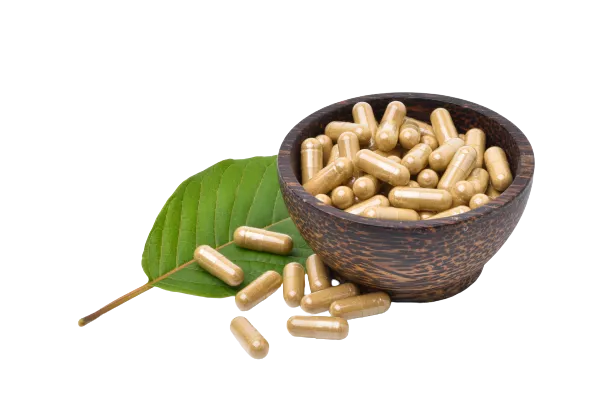
Side Effects of Kratom
Although kratom can produce numerous side effects, most people experience only a few of them, usually after taking too much. Like caffeine pills, the herb can cause an increase in blood pressure and heart rate, among other conditions.
Most common side effects of kratom:
Headaches
Both frequent use and overdose can cause severe headaches due to the herb’s powerful influence on neurotransmitters.
Nausea
Nausea is common among addicts or users who overdose. However, it can also occur simply because of its unpleasant taste or if you’re new to using kratom.
Depression
If you don’t correctly space out your doses, kratom can become addictive. Depression comes hand in hand with addiction.
Anxiety
Although anxiety is also a symptom of addiction, it can appear by going a little over your dose. This is more common with white strains.
Constipation
Kratom stimulates opioid receptors, slowing down the work of your intestines, which can lead to severe constipation.
Heart Palpitations
White strains are potent stimulants, so they can cause heart palpitations. Therefore, if you’ve never tried kratom before, we recommend starting with green-veined varieties and taking small doses.
High Blood Pressure
Although it is not yet known how kratom increases blood pressure, many people report suffering from hypertension with stimulating strains.

Is Kratom Safe?
Yes, kratom is safe. The risks of kratom are usually linked to excessive or long-term use.
If you use it irresponsibly, it can cause the side effects previously mentioned. Therefore, you must measure your dosage carefully — ideally, use a scale.
Remember to space out your doses to avoid addiction. Though dependence isn’t as severe as opioid addiction, be aware of the warning signs.
Perhaps the most significant danger is kratom’s interaction with other substances. Don’t mix it with other medications — even caffeine pills.
Products of dubious origin are also dangerous, as they could be adulterated. Unfortunately, kratom is still unregulated in many states, so it is easy to run into low-quality or sketchy products.
For this reason, we always insist on going to reputable vendors like the ones mentioned above. They offer excellent quality products, approved by the American Kratom Association (AKA).

How to Take Kratom
Tinctures and capsules are the most straightforward and practical ways to use kratom. However, they tend to be more expensive, and some strains are difficult to find in these forms.
Kratom powder is generally cheaper and easier to obtain, and there are many ways to take it.
Prepare a Tea
One of the main advantages of drinking kratom tea is that it helps camouflage its unpleasant taste.
It is prepared by adding the powder to a tea bag or muslin bag and pouring hot water over it. Let it steep for about 10 minutes; then, you may sweeten it with whatever you like.
Kratom’s alkaloids may take a while to spread through the cup, so we recommend letting it steep for at least 10 minutes.
Parachuting
If you want to take kratom in capsules but find them too expensive, parachuting is the closest alternative. It consists of wrapping the powder in toilet paper or any thin paper and swallowing it.
Parachuting can be better than capsules since paper takes less time to dissolve in the stomach than gelatin, so the effects set in faster. In addition, it will also help you avoid the unpleasant taste.
Toss ‘N’ Wash
Toss ‘n’ wash is the easiest and most practical method on this list, as it consists of simply placing your dose in your mouth and swallowing it with a drink. It’s faster and more effective, as the powder goes directly into your body.
However, it is only for the brave, as you will have to put up with the bitterness.

Conclusion: Caffeine Pills & Kratom for Energy
Caffeine pills have numerous benefits because they stimulate the central nervous system helping you stay awake and focused. In addition, they can help treat ailments such as migraines or tension headaches.
Although caffeine pills are safe, abuse or misuse can lead to unpleasant side effects. Therefore, it is preferable to consult your doctor beforehand and never exceed 400 mg per day.
Kratom is also a stimulant, and many people use it for energy, focus, and creativity. It’s also helpful for pain, anxiety, and insomnia, making it a great, all-purpose plant.
Both have side effects but are relatively safe when used correctly. One isn’t necessarily better than the other, so it comes down to individual preferences and needs.
- O’Neill, C. E., Newsom, R. J., Stafford, J., Scott, T., Archuleta, S., Levis, S. C., … & Bachtell, R. K. (2016). Adolescent caffeine consumption increases adulthood anxiety-related behavior and modifies neuroendocrine signaling. Psychoneuroendocrinology, 67, 40-50.
- Giráldez-Costas, V., González-García, J., Lara, B., Del Coso, J., Wilk, M., & Salinero, J. J. (2020). Caffeine increases muscle performance during a bench press training session. Journal of Human Kinetics, 74(1), 185-193.
- Borota, D., Murray, E., Keceli, G., Chang, A., Watabe, J. M., Ly, M., … & Yassa, M. A. (2014). Post-study caffeine administration enhances memory consolidation in humans. Nature neuroscience, 17(2), 201-203.
- Postuma, R. B., Lang, A. E., Munhoz, R. P., Charland, K., Pelletier, A., Moscovich, M., … & Shah, B. (2012). Caffeine for treatment of Parkinson disease: a randomized controlled trial. Neurology, 79(7), 651-658.

